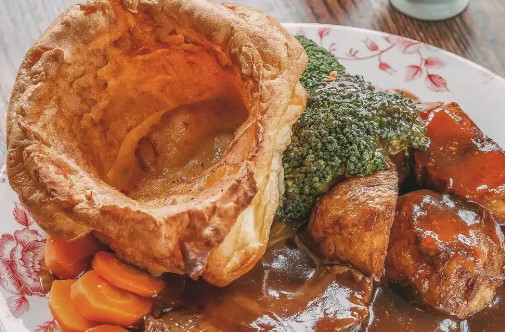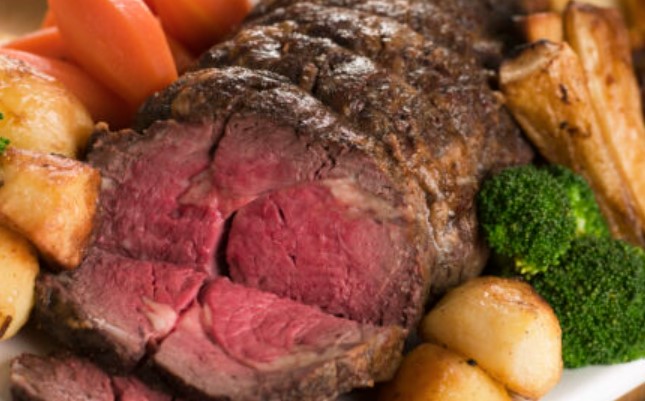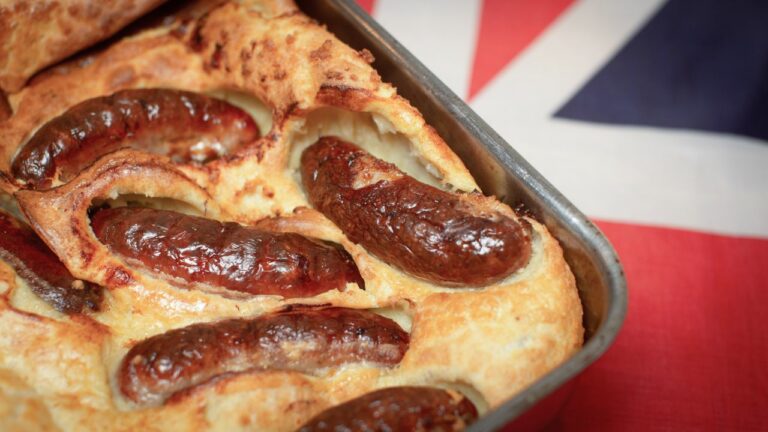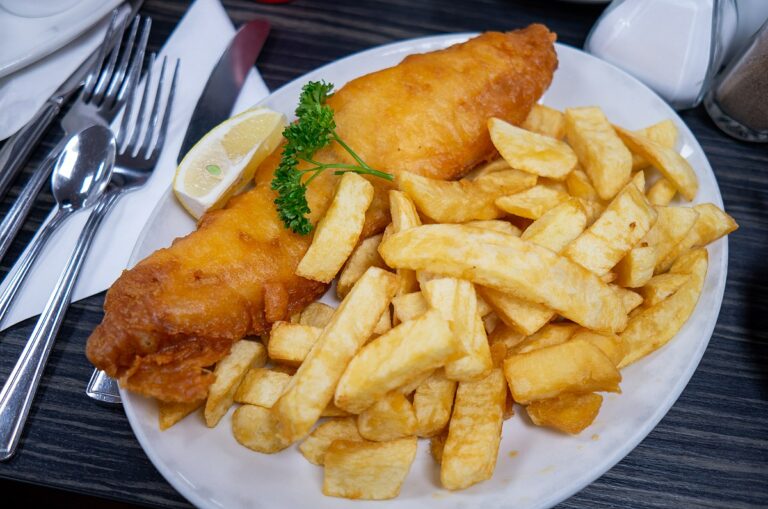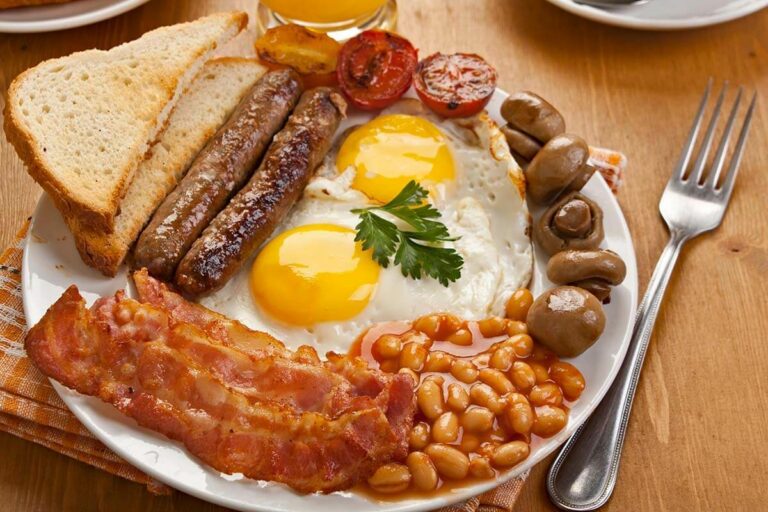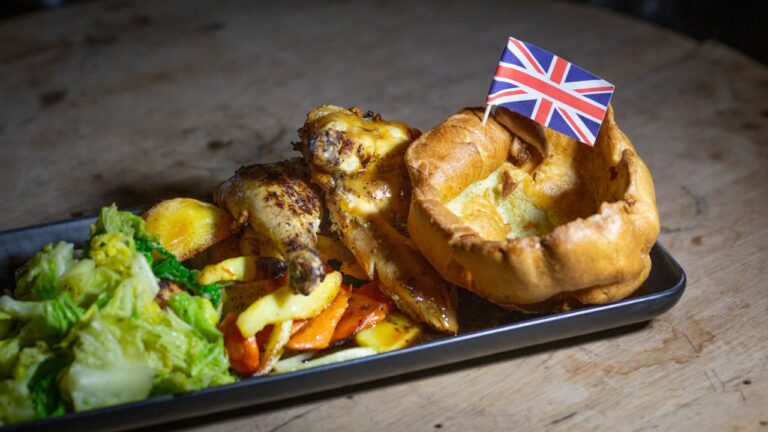Introduction
When visiting a new city or country, one of the most exciting things to do is explore the local cuisine. If you find yourself in [specific location] and want to try some traditional British dishes, you may be wondering if there are any good British restaurants in the area. Luckily, there are many options to choose from, each with its own unique style and menu. In this article, we will discuss the history of British cuisine, factors to consider when choosing a quality British restaurant, some popular choices in [specific location], and a personal recommendation based on our own experience.
Historical Context
The history of British cuisine dates back to ancient times, when the country was invaded by Romans who brought with them new ingredients and cooking techniques. Over the centuries, British cuisine has evolved to include a diverse range of dishes, influenced by geography, climate, and cultural traditions. Some of the most famous British dishes include fish and chips, roast beef, shepherd’s pie, bangers and mash, and crumpets. In recent years, British cuisine has undergone a revival, with chefs and restaurants focusing on local, sustainable ingredients and modern twists on classic dishes.
Criteria
When choosing a good British restaurant in [specific location], there are several factors to consider. Firstly, the quality and freshness of the ingredients used in the dishes. A good British restaurant should use local, seasonal produce and high-quality meats and seafood. Secondly, the preparation and presentation of the dishes should be top-notch, with attention to detail and flavor. The atmosphere and service of the restaurant are also important, with a cozy and welcoming ambiance and friendly staff. Finally, the price point should be reasonable for the quality of the food and experience.
Popular Choices
There are many highly recommended British restaurants in [specific location], catering to a range of tastes and budgets. Some popular choices include [insert names of restaurants], each with its own unique style and menu. These restaurants have received high ratings and positive reviews from customers, with praise for their quality of food, atmosphere, and service.
Personal Experience
After trying several British restaurants in [specific location], we highly recommend [insert name of restaurant] for its outstanding food and service. The menu features traditional British dishes with a modern twist, using fresh, locally sourced ingredients. The atmosphere is cozy and intimate, with friendly and knowledgeable staff who are happy to make recommendations. The prices are reasonable for the quality of the food and experience, making it a great choice for a special occasion or a night out.
Conclusion
Finding a good British restaurant in [specific location] is easy with the variety of options available. By considering factors such as quality of ingredients, preparation, atmosphere, service, and price point, you can choose a restaurant that suits your tastes and budget. Whether you opt for a classic pub-style eatery or a modern fine dining establishment, you are sure to enjoy the delicious flavors and rich history of British cuisine.

![Can you recommend a good British restaurant in [specific location]?](https://foodnerdy.com/blog/wp-content/uploads/2023/05/8-33.jpg)

